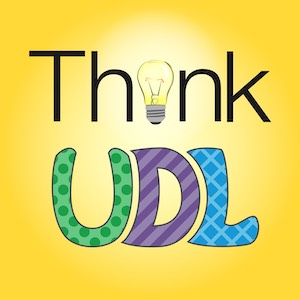
How Native Narration Boosts Clarity Or Engagement
When localizing eLearning content, voice-over plays a critical role in shaping the learner’s experience. A native narrator does more than translate—they bring authenticity, cultural sensitivity, and natural rhythm to the course. This article explores how native voice-over in eLearning enhances learner comprehension, trust, and overall training effectiveness across languages.
Advantages Of Native Voice-Over In eLearning
1. Authenticity And Clarity
One of the primary benefits of using a native voice-over artist is authenticity. Learners are quick to recognize unnatural pronunciation, incorrect intonation, or subtle mistakes in rhythm, especially in professional or educational settings. These issues, even if minor, can reduce comprehension and affect the learner’s trust in the material.
By contrast, a native narrator brings fluency, natural cadence, and an intuitive understanding of the language’s subtleties. They deliver content with clarity and confidence, enhancing the learning experience and reinforcing the credibility of your course material. This clarity is particularly important in technical or compliance training, where misunderstandings can have real-world consequences. A native speaker ensures that your content is communicated exactly as intended.
2. Cultural Nuance And Localization
True localization involves more than just translating words—it requires cultural adaptation. A native voice talent understands the cultural context behind the language. They instinctively know how to adjust the tone, pacing, and emphasis to align with regional expectations. For example, humor, idiomatic expressions, or levels of formality vary significantly across cultures. What sounds engaging in one country might sound awkward or even inappropriate in another. A native speaker helps you navigate these nuances effortlessly.
In addition, they can flag potential cultural mismatches in the script and suggest alternatives that feel more natural and relevant to the audience. This level of cultural fluency ensures your message resonates, not just linguistically but emotionally and socially as well.
3. Enhanced Learner Engagement
Engagement is the cornerstone of successful eLearning. If learners find the content dull, robotic, or hard to follow, they quickly lose interest. Voice plays a key role in sustaining attention. A pleasant, dynamic, and native-sounding voice can make even complex topics feel more accessible and compelling.
Research consistently shows that audio quality and delivery style influence learner motivation and knowledge retention. A native narrator brings not only clear pronunciation but also warmth, energy, and personality—transforming passive listening into active learning. Especially in asynchronous learning environments, where learners may be alone at a screen, a relatable human voice helps maintain a sense of connection and momentum.
4. Consistency With Global Training Standards
Top eLearning providers invest heavily in Instructional Design, User Experience, and visual content. Voice-over should meet those same standards. A native professional voice-over artist ensures that the audio component of your course is as polished and consistent as the rest of your learning assets.
From pronunciation to pacing, from emotion to emphasis, native speakers help reinforce your brand’s commitment to quality. Whether you’re targeting employees, customers, or partners across different countries, a native voice-over brings professionalism and consistency to multilingual content delivery.
5. Cost-Effective In The Long Run
Some training teams consider using nonnative bilingual speakers to reduce up-front costs. While this may appear to be a budget-friendly approach, it often leads to costly revisions, rerecording, or even learner dissatisfaction due to poor quality.
Investing in a professional native voice talent from the beginning can save both time and money in the long term. It streamlines the production process, minimizes quality issues, and reduces the risk of communication errors. It also protects your reputation by ensuring your training is taken seriously by international audiences.
6. Adaptability Across Platforms And Formats
Modern eLearning takes many forms—interactive modules, mobile apps, video-based learning, microlearning, and more. A native voice actor experienced in eLearning understands the technical and creative requirements of these formats.
They can provide clean, properly paced audio files tailored for SCORM packages, LMS platforms, or on-screen animations. They’re also familiar with instructional timing, cue points, file naming conventions, and segmenting audio for localization workflows. This adaptability makes them invaluable partners for localization managers, Instructional Designers, and project leads aiming to deliver content that’s technically seamless and pedagogically effective.
Final Thoughts
As the global demand for multilingual eLearning continues to grow, native voice-over is no longer a luxury—it’s a necessity. It brings linguistic precision, cultural depth, and emotional impact to your training content. If your goal is to create learning experiences that truly connect with your audience—wherever they are—then working with native voice-over talent is one of the smartest investments you can make.



